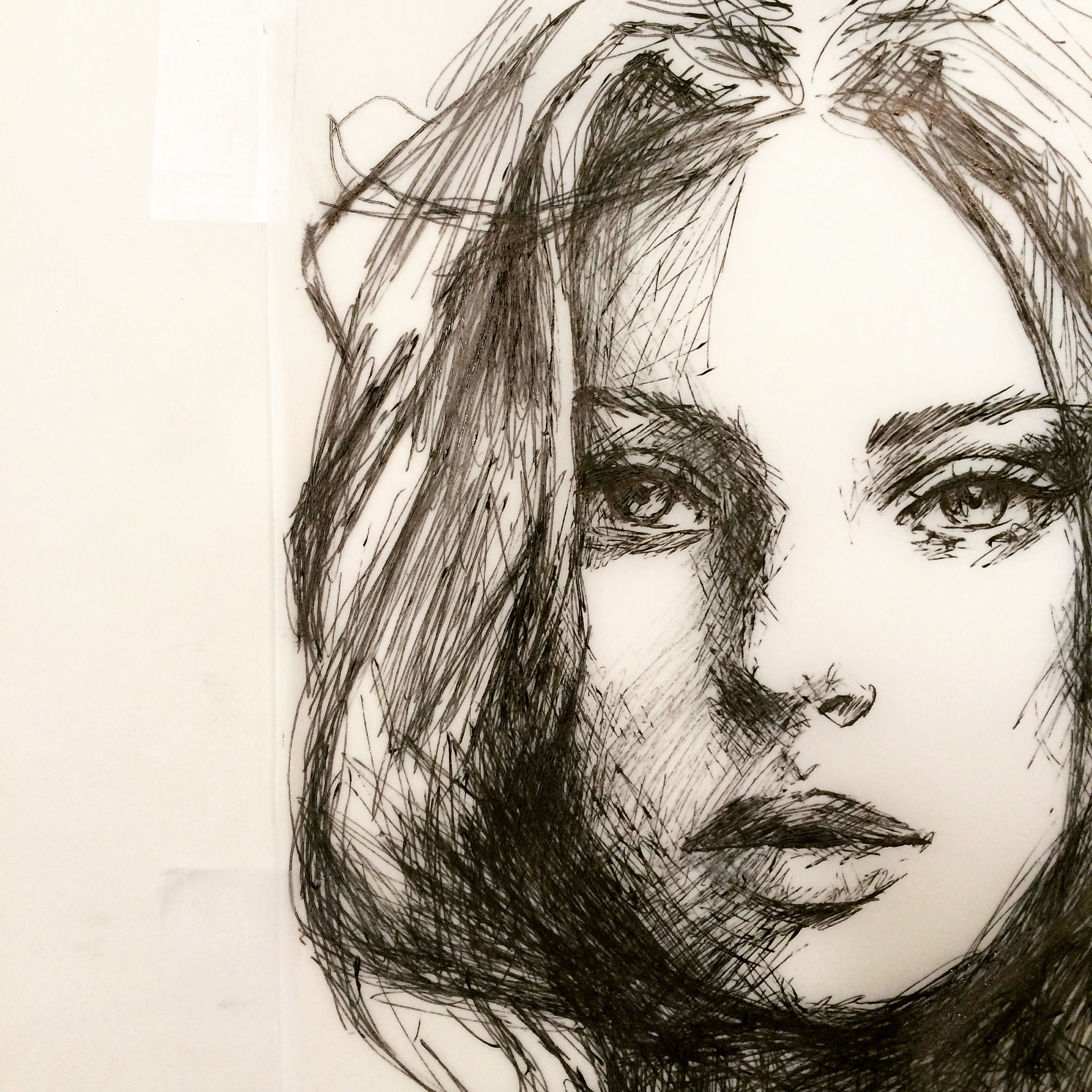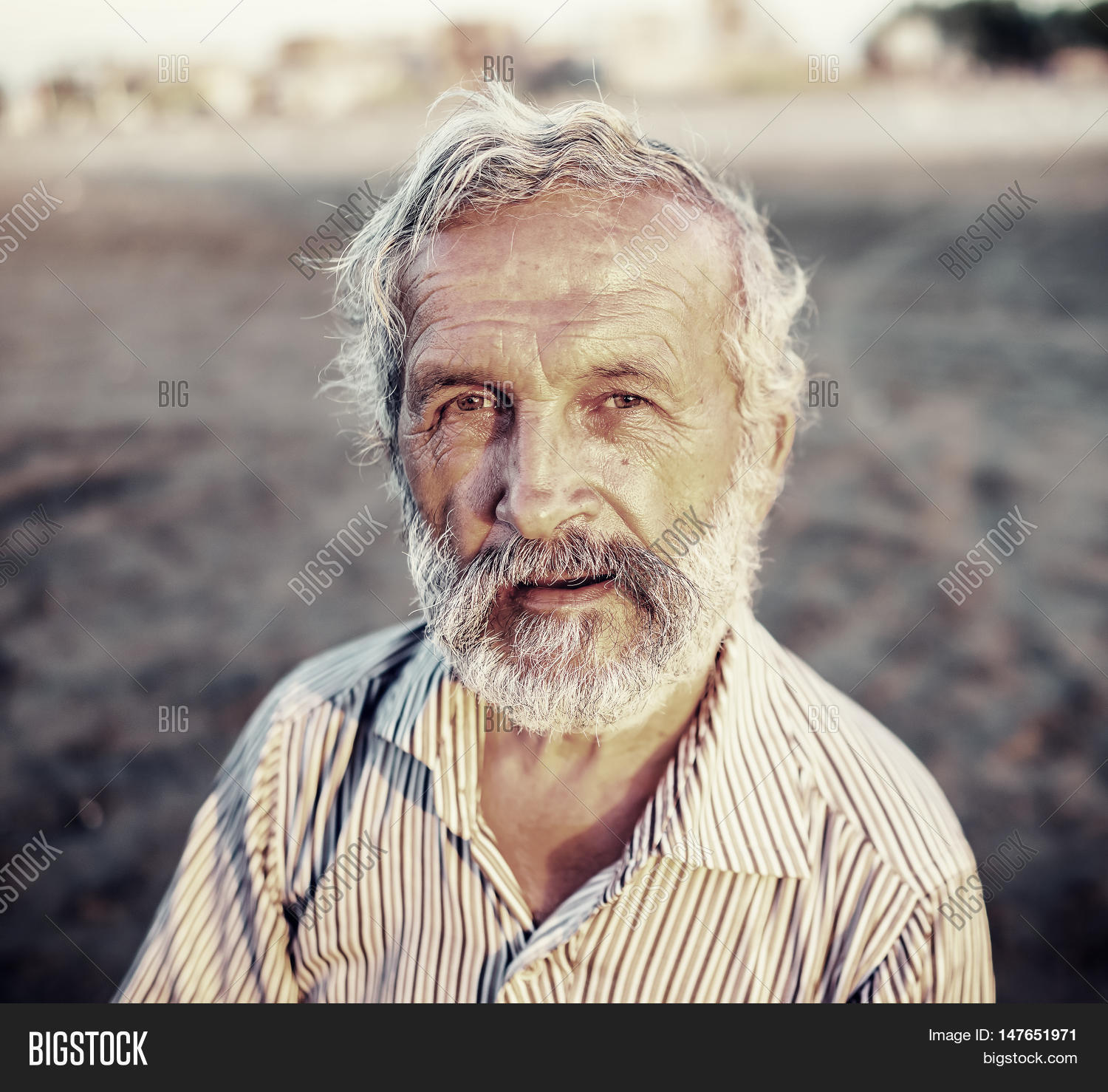Poetic Motifs: Understanding Change, Growth, Family, and Faith in Poetry
Understand poetic motifs: change, growth, family, and faith
Poetry serve as a mirror to human experience, reflect our deepest emotions and about profound transformations. Among the about enduring motifs in poetry are change, growth, family, and faith — interconnect themes that poets have explored across centuries and cultures. These motifs don’t exist in isolation but quite form a tapestry of human experience, each thread strengthen and complement the others.
The motif of change in poetry
Change stand as perchance the well-nigh universal of all poetic motifs. From ancient epics to contemporary verse, poets capture the shift nature of existence through cautiously craft imagery and metaphor.
Natural imagery as change
Poets ofttimes draw upon seasons to symbolize change. Robert Frost’s” nothing gold can stay ” emonstrate this utterly:
Nature’s first green is gold,
Her hardest hue to hold.
Her early leaf’s a flower;
But then an hour.
So leaf subsides to leaf.
Thusly Eden sink to grief,
So dawn go downward to day.
Nothing gold can stay.
Here, frost use the change seasons to reflect on impermanence, show how evening the nigh beautiful moments must transform. The golden leaves of early spring can not remain — they must change into the deeper green of summer and finally fall.
Personal transformation
Beyond natural imagery, poets explore personal metamorphosis. Emily Dickinson ofttimes examine internal change, as in” after great pain, a formal feeling come — ” here she mamapshe transformation of emotional states follow trauma. This exploration of personal change resonate with readers who recognize their own journeys of transformation.
Growth as a poetic motif
While intimately relate to change, growth carry distinctive qualities as a motif, oftentimes suggest positive development or expansion kinda than merely alteration.
Growth through adversity
Many poems explore how challenge foster growth. Consider Maya Angelou’s” nevertheless iIrise, ” hich transform historical oppression into personal empowerment:
You may shoot me with your words,
You may cut me with your eyes,
You may kill me with your hatefulness,
But nevertheless, like air, I’ll rise.
The poem demonstrate growth not as a gentle, nurturing process but as a powerful response to difficulty. This resilience base growth appear oftentimes in poetry address personal or collective struggles.
Intellectual and spiritual growth
Poets like t.s. Eliot in” four quartets ” xamine intellectual and spiritual growth as journeys of understanding. The famous lines “” shall not will cease from exploration / and the end of all our exploring / will be to will arrive where we’ll start / and know the place for the first time ” ” ture the circular yet progressive nature of growth — we’ll return to familiar places with new perspective.
Family as a central motif
Family relationships provide rich material for poetic exploration, offer both universal connections and deep personal experiences.
Parental relationships
The parent child bond appears throughout poetic tradition.Seamus Heaneyy'” dig” explore generational continuity and change through the metaphor of his father’s farm work:
Between my finger and my thumb
The squat pen rest.
I’ll dig with it.
Hither, Heaney acknowledge both connection to and departure from family tradition — his father dig with a spade, while he digs with a pen. This simultaneous honoring and transforming of family legacy appear in countless poems across cultures.
Family as memory keeper
Poets oftentimes position family as repositories of memory and identity. Li young lee’s” the gift ” how how simple family moments carry profound significance across time:
To pull the metal splinter from my palm
My father recite a story in a low voice.
I watch his lovely face and not the blade.
Before the story end, he’d remove
The iron sliver I think I’d die from.
The poem connect a childhood memory to the speaker’s adult life, demonstrate how family experiences shape our identities and capabilities recollective after they occur.
Faith as a poetic motif
Faith — whether religious, philosophical, or personal — provide poets with a framework for explore life’s deepest questions.
Religious faith
Traditional religious faith appear conspicuously in poetry across centuries. John Donne’s holy sonnets explore Christian faith with intellectual rigor and emotional intensity:
Batter my heart, three people’d cod, for you
As nevertheless but knock, breathe, shine, and seek to mend;
That I may rise and stand, o’er throw me, and bend
Your force to break, blow, burn, and make me new.
This violent imagery capture faith not as passive acceptance but as transformative struggle — connect faith forthwith to the motifs of change and growth.
Faith beyond religion
Many contemporary poets explore faith more generally — as trust in humanity, nature, or life itself. Mary Oliver’s work ofttimes demonstrate this nature center faith:
You do not have to be good.
You do not have to walk on your knees
For a hundred miles through the desert repent.
You exclusively have to let the soft animal of your body
Love what it loves.
This excerpt from” wild geese ” ffer a different kind of faith — trust in one’s place in the natural world and the validity of one’s own experience.
The intersection of motifs
The true power of these motifs emerge at their intersections. Change and growth oftentimes appear unitedly, with change provide the conditions for growth to occur. Family relationships oftentimes serve as the context for both change and growth, while faith can provide the framework through which we understand these transformations.
Change and family
The intersection of change and family create peculiarly poignant poetry. Robert Hayden’s” those winter sSundays” apture how our understanding of family changes over time:
What did I know, what did I know
Of love’s austere and lonely offices?
The adult speaker recognizes the love embed in his father’s actions — a recognition impossible for his childhood self. This change perspectivedemonstratese how our understanding of family transform throughout life.
Growth and faith
Growth and faith intertwine in poems explore spiritual development. Rum’s poetry systematically examine how faith facilitate personal growth:
The wound is the place where the light enter you.
This simple line connect suffer to spiritual illumination, suggest that growth occur exactly through life’s difficulties when approach with faith.
Contemporary explorations of these motifs
Contemporary poets continue to explore these timeless motifs while bring fresh perspectives shape by modern experiences.

Source: USB.DS.lib.uw.edu
Ocean along on family and change
Ocean along’s poetry examine family across borders and generations, peculiarly in the context of immigration and cultural change. In” someday iIll love ocean valong ” e wrwrites
Don’t be afraid, the gunfire
Is merely the sound of people
Try to live a short longer
& fail. Ocean. Ocean —
Get up. The about beautiful part of your body
Is where it’s head. & remember,
Loneliness is silence time spend
With the world.
This self address connects personal identity to both family history and ongoing change, demonstrate how contemporary poets weave these motifs into explorations of complex modern identities.
Faith in an uncertain world
Contemporary poets oftentimes explore faith in the context of scientific understanding and global uncertainty. Tracy k. Smith’s Pulitzer prize win collection” life on mMars” xamine faith in a cosmos reveal by science:
Is god being or pure force? The wind
Or what command it? When our lives slow
And we can hold all that we love, it sprawls
In our laps like a gangly doll.

Source: poemsplease.com
Smith’s work demonstrate how faith motifs evolve to incorporate scientific understanding while stillness address timeless human questions.
Read poems through motif analysis
Recognize these motifs enhance our reading of poetry, allow us to connect individual poems to broader traditions and human experiences.
Questions for motif analysis
When read poetry with these motifs in mind, consider:
- How does the poem represent change — as circular, linear, positive, or threaten?
- What catalyze growth in the poem, and what forms does that growth take?
- How do family relationships create both connection and tension?
- What kind of faith do the poem explore, and how does it relate to doubt?
- How do these motifs interact within the poem to create meaning?
These questions open poems to deeper analysis, reveal layers of meaning that might differently remain hidden.
Create your own poetic explorations
These motifs provide powerful starting points for write poetry. Consider how your own experiences of change, growth, family, and faith might translate into poetic expression.
Write prompts
To explore these motifs in your own writing:
- Identify a moment of significant personal change and explore it through natural imagery
- Write about a family relationship that has evolved over time
- Examine something you have faith in — whether religious, philosophical, or personal
- Create a poem that trace growth through challenge or difficulty
- Explore how two or more of these motifs intersect in your own experience
These prompts can generate poems that connect personal experience to universal human themes.
Conclusion: the enduring power of poetic motifs
Change, growth, family, and faith remain among poetry’s about powerful motifs because they address fundamental human experiences. As we navigate our own transformations, nurture our relationships, and seek meaning, poetry offer both mirror and lamp — reflect our experiences while illuminate new possibilities.
The best poems use these motifs don’t merely present static images or ideas but create dynamic tensions that capture life’s complexity. Change bring both loss and renewal; growth involve both pain and expansion; family offer both belong and constraint; faith encompass both certainty and doubt.
By engage with these motifs across poetic traditions, we develop richer understanding of both poetry and our own lives. We recognize our personal experiences as part of broader human patterns while appreciate the unique expression each poet bring to these timeless themes.



